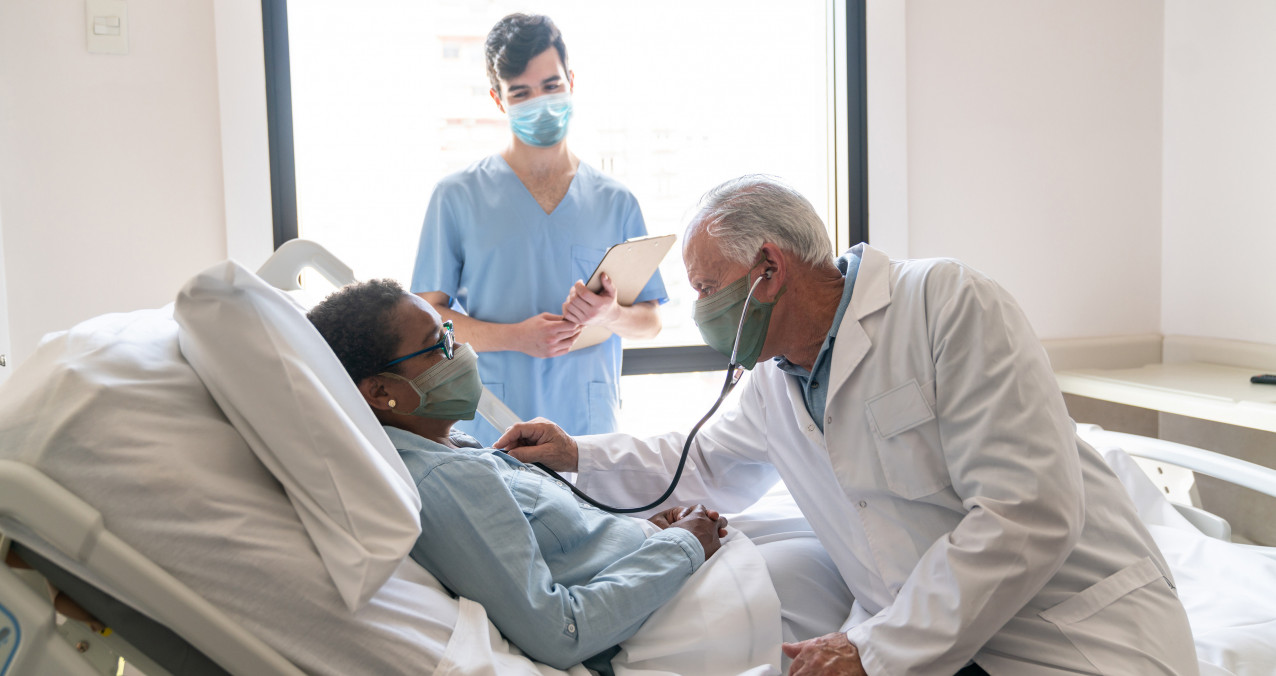Infection
People With NAFLD Face Higher Risk of Severe Infections
People with non-alcoholic fatty liver disease (NAFLD) have a higher risk of severe infections requiring hospitalization compared with the general population and their siblings, according to study findings published in Clinical Gastroenterology & Hepatology.
Arising from the accumulation of fat in the liver, NAFLD and its more severe form, non-alcoholic steatohepatitis (NASH), are responsible for a growing proportion of advanced liver disease worldwide. As a result of inflammation, NAFLD can lead to liver fibrosis, cirrhosis and even liver cancer. With no effective approved medical therapies, disease management depends on lifestyle changes such as weight loss and exercise.
While prior studies have seen a link between cirrhosis and the risk of infection, similar data on the potential link with fatty liver disease are lacking. Fahim Ebrahimi, MD, of the Karolinska Institute in Stockholm, and colleagues conducted a cohort study to examine the possible association between NAFLD and an increased risk of severe infections. People with fatty liver disease may have dysfunctional immunity, which could increase susceptibility to bacterial, viral and fungal infections, the researchers noted as background.
The study population included all 12,133 adults in Sweden with biopsy-proven NAFLD between 1969 and 2017. More than half were men, and the average age was 54 years. Of this population, 68% had simple liver fat accumulation, 11% had NASH without fibrosis, 15% had NASH with fibrosis but not cirrhosis and 5.6% had cirrhosis.
Each individual in the NAFLD group was matched by age, sex, calendar year and county to at most five people without NAFLD from the general population. The researchers accessed data on infections requiring hospital admissions from national registers.
Over a median 14 years of follow-up, 37% of people with NAFLD and 26% of those without NAFLD were admitted to the hospital for severe infections. Respiratory infections were most common, followed by urinary tract infections. Infection risk rose with increasing liver disease severity. People who had NASH without fibrosis and those with fibrosis had a higher infection risk than those with simple liver fat accumulation, while those with cirrhosis had the highest risk.
People with NAFLD had an incidence rate 71% higher than those without NAFLD. Moreover, the risk of infection rose as fatty liver disease became more severe. What’s more, people with NAFLD had a 54% higher risk of severe infection compared with their siblings without fatty liver disease.
Over a 20-year period, 45% of people with cirrhosis had a severe infection, compared with 28% of those in the general population. That is, the difference in absolute risk was 17%. This resulted in one additional severe infection for every six people with NAFLD.
“Patients with biopsy-proven NAFLD were at significantly higher risk of incident severe infection requiring hospitalization both compared with the general population and compared with siblings,” wrote the researchers. “Excess risk was evident across all stages of NAFLD and increased with worsening disease severity.”
Click here for more news about fatty liver disease.

